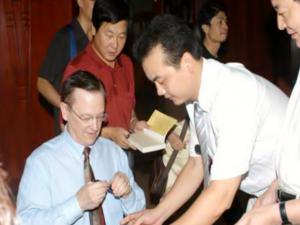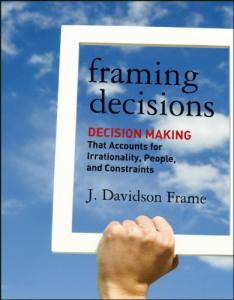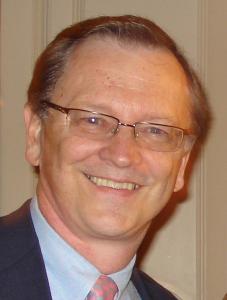The Crucial Importance of a Decision's Social Space in Decision Making
Professor of University of Management and Technology (UMT) finds that ignoring a decision's social dimension can lead to bad choices.
ARLINGTON, VIRGINIA, USA, May 9, 2017 /EINPresswire.com/ -- In the 17th century, the English poet John Donne wrote: "No man is an island, entire of itself" His point: In going about their business, people should be aware that they are not operating in a vacuum. Their lives are affected by other people and constraints, just as their actions have an impact on others.
Donne's admonition holds true for decision making. Decisions are not made in a vacuum. "This is an obvious point that is often overlooked in decision making books and courses, with their emphasis on mastering tools," says Dr. J. Davidson Frame, author of the recently published book, Framing Decisions: Decision Making that Accounts for Irrationality, People, and Constraints (San Francisco: Jossey-Bass, 2013). "Practicing decision makers are more attuned to this reality than academics, but even they often don't account for the full range of players and constraints that should be accommodated. This can lead to nasty surprises."
Dr. Frame points out that in the earliest stages of making a decision, decision makers should focus their attention on identifying what he calls the decision's "social space." All decisions -- big and little, simple and complex -- have their social space. It defines the full range of human and environmental constraints that surround a decision. It is comprised of five sets of players: Stakeholders (players whose needs and wants are addressed by the decision), the decision makers (usually multiple players who often adhere to different perspectives), decision implementers (often different from the decision makers and holding their own points of view), the community (bystanders affected by the decision, who can fight, support or ignore it), and outside forces (for example, laws, regulations, protests, earthquakes). If these five sets of players are out of sync, the success of even the most worthy decisions is jeopardized. If you overlook the players, be ready to pay the price.
The important thing to note, according to Dr. Frame, is that decision making involves juggling the needs and wants of multiple players who more often than not hold contending points of view. This fact has enormous implications for how decisions are made, how they are implemented, the quality of the decisions, and the support they receive once they are made -- reaching a decision does not mean much if implementers do not execute it correctly, or if it is soundly rejected by the community. Real world decision making has less to do with computing optimal solutions than reconciling the multiple perspectives of an array of players.
The key players seldom hold a homogeneous outlook. They have their personal predilections that color their decision preferences. "Whenever I hear people say, 'This is what management has decided,' I chuckle to myself," says Dr. Frame. "In the real world, even with non-controversial decisions, there is a wide range of opinions on how an issue should be handled. While management may post a directive, after an internal debate, that announces 'This is our decision,' there is no assurance that all -- or even most -- managers support the final decision. It is even possible that unhappy losers will work to derail the implementation of the decision."
Dr. Frame has been a professor of decision science at the University of Management and Technology since 1998. Prior to joining the UMT faculty, he was a professor for nineteen years at the Department of Management Science at George Washington University, where he served as department chair, directed the Program on Science, Technology, and Innovation and established the university's project management program. For much of that time he taught traditional decision making cannon. But he was bothered by the narrow approach taken toward decision making education in Academia, because it often did not align with his extensive personal experience as a decision maker and manager.
"When I think about the practice of decision making," Dr. Frame says, "one thing is clear: Because decisions are made by people for people, people should stand at the center of our understanding of decision making practice. That's why it is important to get a handle on a decision's social space. This is the central message I convey in my book, Framing Decisions."
Dr. Frame is author of nine additional management books, including the business best-sellers, Managing Projects in Organizations and The New Project Management.
About UMT: The University of Management and Technology is an accredited university located in Arlington VA. Since 1998, UMT has built a strong global higher learning community through its online and distance education. Geographical boundaries do not limit UMT and its students who reside in 50 states, the District of Columbia, 4 US territories in the United States, and in 78 countries worldwide. As of April 2017, UMT has provided various levels of education programs to 22,480 students. Of these, 11,510 have earned their degrees from UMT.
Christy
University of Management and Technology
7035160035
email us here



